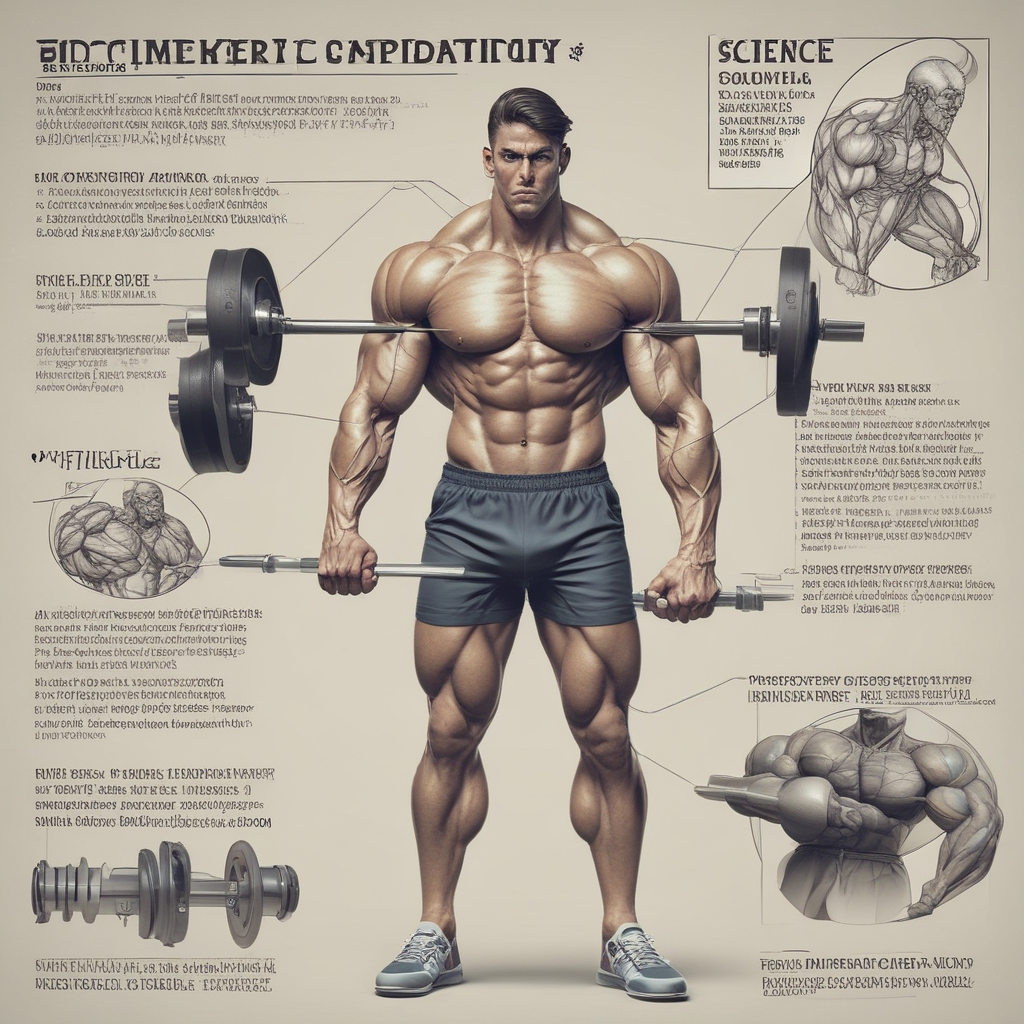
The Science Behind Muscle Hypertrophy
Understanding how our muscles grow in response to exercise is essential for anyone looking to maximize their fitness gains. This process, known as muscle hypertrophy, is guided by intricate biological mechanisms that dictate how our muscles adapt to the stress of training.
What is Muscle Hypertrophy?
Muscle hypertrophy refers to the increase in size of muscle cells, primarily due to an increase in muscle protein synthesis. This growth occurs in response to specific stimuli, such as resistance training, where muscles are pushed beyond their usual limits, causing microscopic damage that triggers the repair and rebuilding process.
Key Factors Influencing Muscle Hypertrophy
Several key factors influence the process of muscle hypertrophy, including:
- Progressive Overload: Gradually increasing the demands placed on the muscles to stimulate growth.
- Nutrition: Consuming adequate protein and overall calories to support muscle repair and growth.
- Rest and Recovery: Allowing adequate time for muscles to recover and grow stronger.
- Myofibrillar Hypertrophy: Focuses on increasing the size and strength of the muscle fibers themselves.
- Sarcoplasmic Hypertrophy: Involves an increase in the volume of fluid and energy substrates within the muscle cells.
- Resistance Training: Utilizing weights or bodyweight exercises to stimulate muscle growth.
- Volume and Intensity: Balancing the volume (number of sets and reps) and intensity (weight lifted) of training sessions.
- Progressive Overload: Gradually increasing the resistance over time to continue challenging the muscles.
Mechanisms of Muscle Growth
There are two primary types of muscle hypertrophy:
Training Strategies for Muscle Hypertrophy
Implementing the following strategies can help optimize muscle hypertrophy:
Role of Hormones in Muscle Hypertrophy
Hormones play a vital role in regulating muscle growth, with testosterone and growth hormone being particularly influential in promoting muscle hypertrophy. These hormones act as signaling molecules that trigger muscle protein synthesis and repair.
Recovery and Muscle Hypertrophy
Proper recovery is crucial for muscle growth to occur. During rest periods, the body repairs the damaged muscle fibers, leading to an increase in size and strength. Adequate sleep, nutrition, and relaxation are essential components of the recovery process.
Conclusion
By understanding the science behind muscle hypertrophy, individuals can tailor their training, nutrition, and recovery strategies to support optimal muscle growth. Consistency, dedication, and a well-rounded approach to fitness are key components in achieving significant gains in muscle size and strength.
FAQ: The Science Behind Muscle Hypertrophy
What is muscle hypertrophy?
Muscle hypertrophy is the process of muscle growth, where individual muscle fibers increase in size. This growth occurs in response to strength training exercises, leading to stronger and larger muscles.
How does muscle hypertrophy happen?
Muscle hypertrophy occurs through two main mechanisms: myofibrillar hypertrophy, which involves an increase in the size and number of myofibrils within muscle fibers, and sarcoplasmic hypertrophy, which involves an increase in the volume of the fluid and energy stores within the muscle cells.
What factors influence muscle hypertrophy?
Various factors influence muscle hypertrophy, including the intensity, volume, and frequency of resistance training, nutritional intake (especially protein), rest and recovery periods, genetics, hormone levels, and overall training experience.
Is muscle hypertrophy essential for muscle strength?
While muscle hypertrophy is not the sole determinant of muscle strength, it plays a crucial role. Increased muscle size often correlates with increased strength, as larger muscle fibers have the potential to generate more force. However, neural adaptations also contribute significantly to strength gains.


